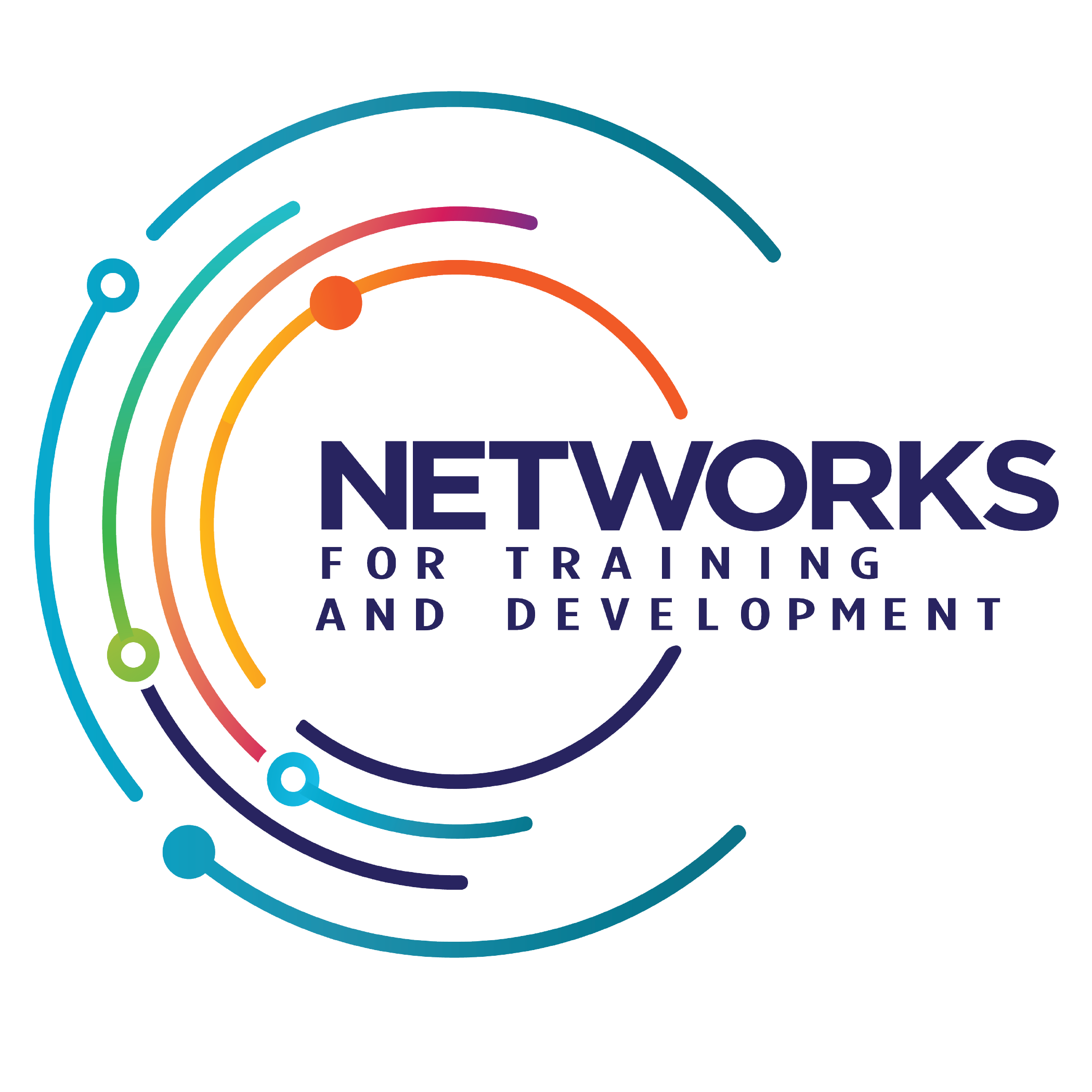You’ve probably heard the term “ableism” before—but what about everyday ableism?
Ableism is the belief (often unconscious) that non-disabled people are inherently superior to disabled people. It shows up in obvious ways—like physical spaces that aren’t accessible or policies that exclude disabled individuals—but it can also appear in the smallest, most casual moments of the day.
These everyday forms of ableism are so common that many people don’t even realize they’re happening. But when we start to recognize them, we can begin to interrupt them.
What Does Everyday Ableism Look Like?
Here are a few real-world examples of everyday ableism:
- “You don’t look disabled.”
Disability isn’t always visible—and assuming it should be reinforces harmful stereotypes. - “You’re so inspirational!”
It might seem like a compliment, but calling someone “inspiring” for simply existing with a disability can feel patronizing or dehumanizing. - Talking about someone instead of to them.
Whether it’s in a waiting room or a workplace meeting, always address the person directly. - Making assumptions about what someone can or can’t do.
Let the person speak for themselves—ask, don’t assume. - Spaces or events that aren’t accessible.
If someone can’t physically get in the door, they’re being excluded before the conversation even begins.
So, How Can We Interrupt It?
The good news is: awareness creates opportunity. Here are a few simple but powerful ways to be part of the solution:
- Listen and believe disabled people.
If someone says something is harmful or inaccessible, trust them and reflect on what needs to change. - Use inclusive language.
Say “disabled person” or “person with a disability,” depending on the preference of the community or individual. Avoid outdated terms like “handicapped” or “differently-abled.” - Make accessibility a habit, not an afterthought.
Ask: Can everyone participate? Whether it’s an event, a job posting, or a website—think inclusion from the start. - Speak up when you see exclusion.
It doesn’t have to be confrontational. A gentle, “Hey, have we thought about how this might impact someone with a disability?” can go a long way. - Keep learning.
Ableism is a system—and unlearning it is a lifelong process. Stay curious, open, and humble.
Inclusion Starts With Small Shifts
Interrupting everyday ableism doesn’t require grand gestures. It begins with awareness, empathy, and a willingness to do better.
Together, we can create communities where everyone, disabled and non-disabled alike, feels seen, respected, and valued.

